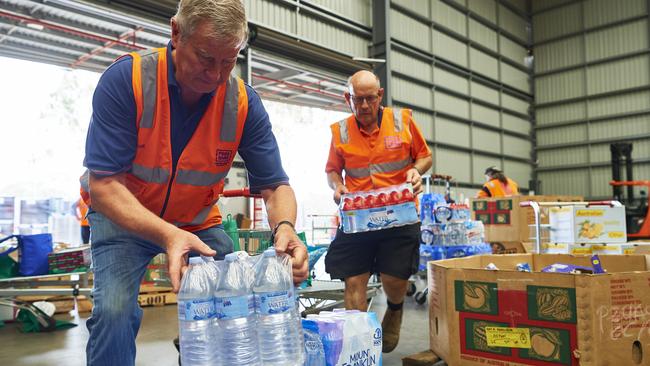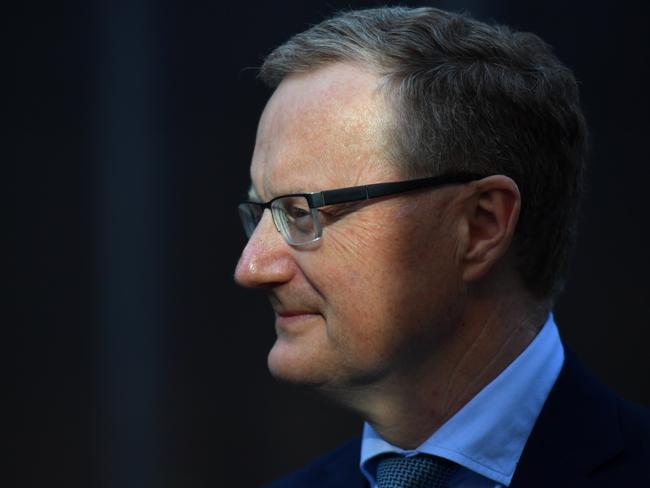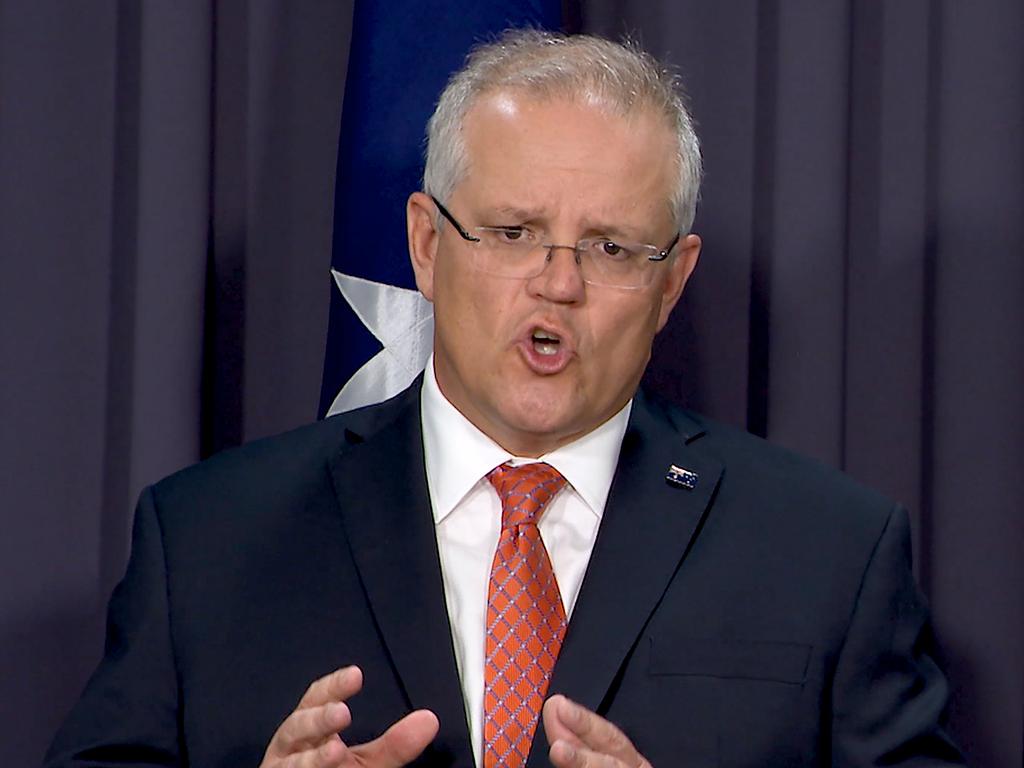
While it is true Lowe and his Reserve Bank can’t be blamed for the bushfires, their interest rate policy has not stimulated the economy.
Rather it appears to have had the reverse effect — it increases the pessimism of Australians, making it the most obvious depressor of the Australian economy.
Lowe does not agree with that conclusion and the market expects the Reserve Bank to cut rates again in February.
But as the evidence mounts of the damage lower interest rates are creating it is possible that the Reserve Bank now has a way out.
The Reserve Bank has been calling on the federal government to lift spending but the government wanted to achieve a surplus.
Now bushfire relief and recovery has given the government a justifiable reason to spend that surplus and more. The big bushfire spending proposals of the federal government may now give the Reserve Bank an excuse to stop rate cutting without admitting error.
You do not need to look far to see that interest rate cuts are not working.
Just before Christmas Morgan Research announced a big fall in consumer confidence, which reversed a tentative recovery. There has since been a recovery but retailers are not noticing it.
Our current consumer confidence levels are around the levels reached in major economic crises. Youth unemployment, particularly among males, is at disturbing levels. We are seeing an increase in economic pessimism, as measured by forecaster and analyst Foreseechange.
Foreseechange combines Australians’ view on the economy and on unemployment into an index of pessimism, with figures dating back to 2008.
Australians’ rating of the likelihood of a severe economic downturn is now at its highest level since November 2008 in the middle of the global financial crisis.
The number of people predicting a rise in unemployment is increasing and is up sharply on two years ago. Foreseechange says that past trends show that if Australians expect employment to rise it’s a good predictor that the actual rate will increase.
Leaving out the global financial crisis, Foreseechange says the force that most coincides with an increase in pessimism is lower interest rates.
It is not hard to understand why this is the case. The Australian central bank has cut already low rates three times in six months, which is a clear sign in the eyes of a great many people of economic desperation.
Accordingly, those with large mortgages are not spending the extra cash created by lower repayments, but are accelerating their payments.
Those approaching retirement are enjoying the share market but returns in other areas are down so they are stepping up their savings. Many young people who don’t have a house are adopting the same policy.
And as house prices rise on the back of lower rates, those buying a dwelling are forced to take on huge mortgages which makes them nervous and reduces their disposable income. They require two incomes and childcare costs cripple them.
While those who own houses are making paper profits they are not real profits until they die and Australians are living longer, so the benefits of the higher house prices to the next generation are being delayed.
These trends are simply not understood by classical economists who in the ultra-low interest rate environment have become remote from what is happening in the real economy.

The best way to stimulate consumers is to get money into the hands of people who will spend it.
Kevin Rudd and Wayne Swan achieved that in the global financial crisis.
But it isn’t going to be easy in 2020 Australia, given the large amounts of money required for immediate bushfire relief.
What looks like being triggered is a massive investment in replacing assets — much of that investment via insurance company funds — and substantial commonwealth investment in infrastructure. If it is done properly the budget will go into deficit and it will stimulate the economy.
Add that to the amounts set to be spent in reconfiguring our power supply network and the increase looming in capital city home building rates, plus existing infrastructure.
Accordingly we have on the slipway a major stimulation of the economy, albeit much of it replacing existing assets. Don’t be surprised if building costs rise along with the increase in food prices that will come with the bushfire damage.
I am reluctant to forecast a rise in the inflation rate because there are so many complex forces but there will certainly be pressure in that direction.
Of course, normally what happens after bushfires is the bureaucrats have a ball and nothing ever gets done.
If pessimism is to be reversed we will need a federal government that looks like it knows what it is doing on climate, infrastructure and bushfire relief.
It will also need to understand that the small business community, which is our largest employer, is being savaged by the bad practices of big companies. But I will return to that subject at a later stage.
I fear the Reserve Bank will stick to its current order of service and what the asset price driven market wants — lower rates. It may not yet be ready to grasp what is happening in the real word.








There is increasing evidence that Reserve Bank governor Philip Lowe and his people are significant contributors to the increase in pessimism by so many Australians.